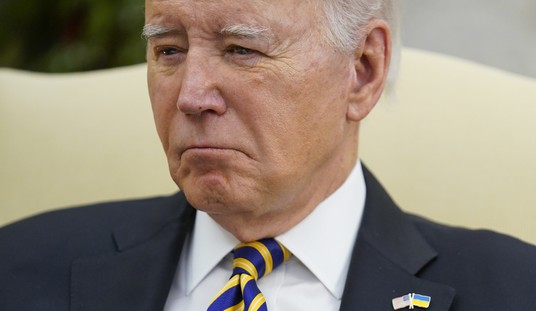Ukraine has signed the European Union deal that started the Maidan protests.
The European Union signed a landmark association agreement with Ukraine today, but the deal itself – which was the initial spark for what became the most dangerous East-West crisis since the end of the Cold War – feels more like a minor addendum now.
If it were November, when the original agreement was supposed to be signed, it may have generated headlines about Europe’s attention swinging eastward, Ukraine’s efforts to reform and create a culture of rule and law based on European values, and even aboutRussia accepting Ukraine’s right to work with both East and West simultaneously.
But the deal signed today – a watered-down version which doesn’t yet address trade integration into the EU – has been overshadowed by the worst diplomatic crisis with Russia that Europe and the US have faced in at least two decades. The EU is in a frenzy to reduce its dependence on Russian energy; the Baltic states are afraid of Russia’s encroachment on their political and physical territories; and the entire world is wondering what Russia intends to do next.
Energy explains quite a bit of what’s going on inside and outside the now militarized Crimean peninsula. Russia has made energy the centerpiece of its new economy and diplomacy. Crimea and eastern Ukraine are both heavily Russian and key energy producing regions. The unrest in Ukraine has provided Russia the opportunity to increase its hold on European energy, and Putin is opportunistic if nothing else. But the invasion of Ukraine has caused Europe to re-think its energy dependence on Russia. It’s not a good idea to become dependent on your adversaries, a lesson that the US ought to learn with regard to debt and China.
Ukraine has also left the Commonwealth of Independent States. The CIS hasn’t been in the headlines much since the dissolution of the Soviet Union. It was set up in the aftermath of that collapse as a collective defense agreement. Ukraine’s exit may kill it off. It may also signal renewed interest in Ukraine joining NATO. The CIS’ membership drops to 10 nations with Ukraine’s exit, while NATO’s membership currently stands at 28.
With Russia threatening Estonia, NATO’s relevance is being seriously challenged for the first time in years.








Join the conversation as a VIP Member